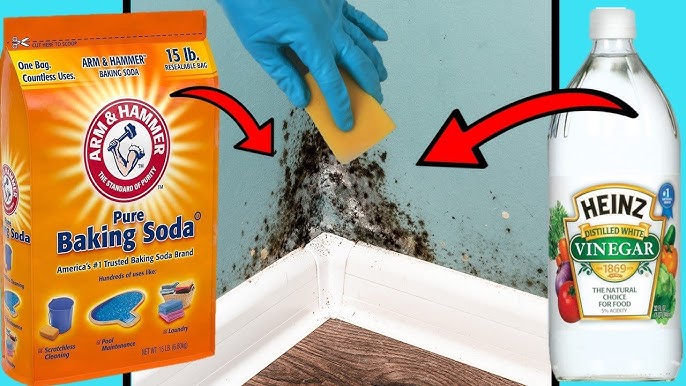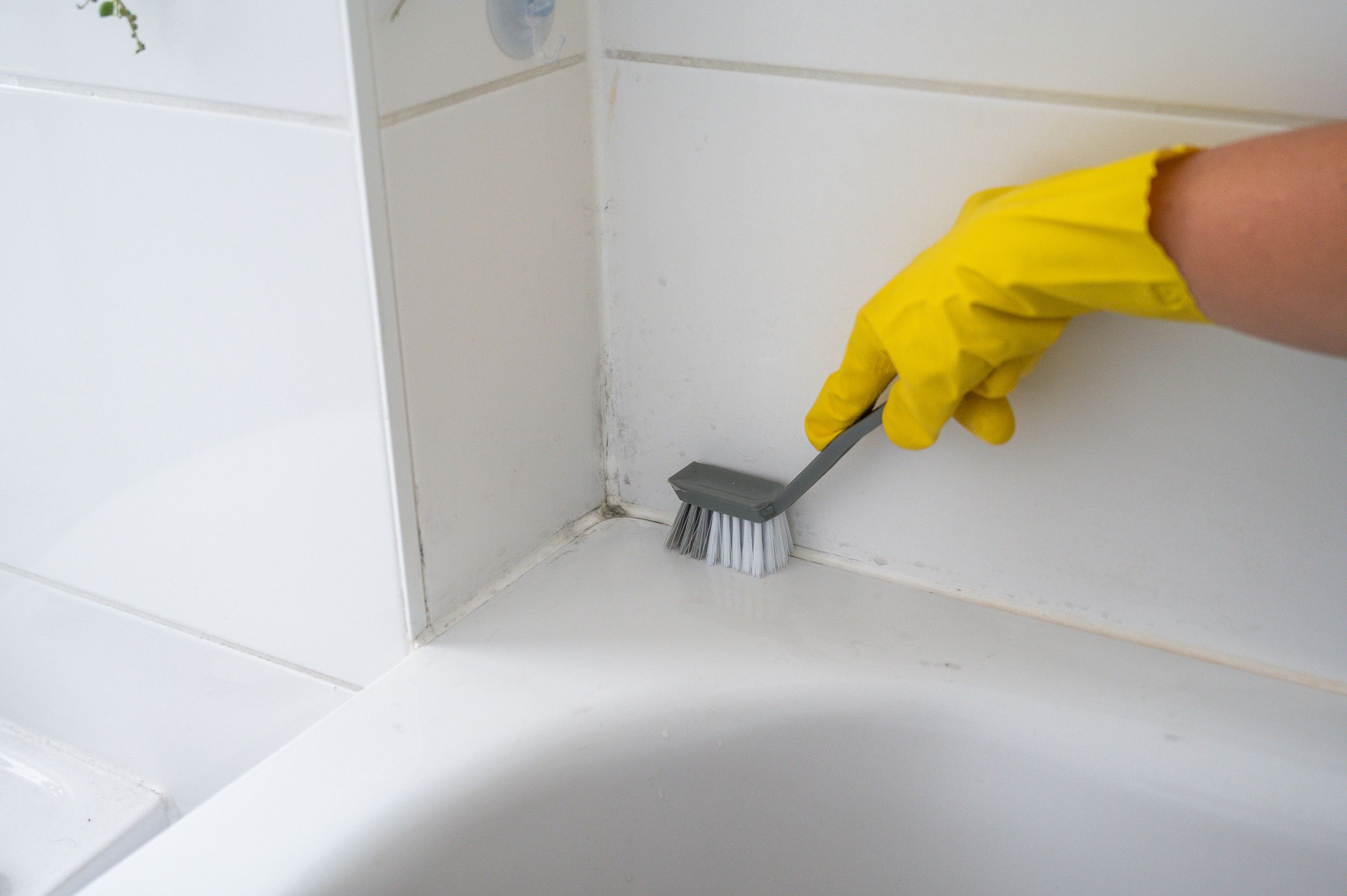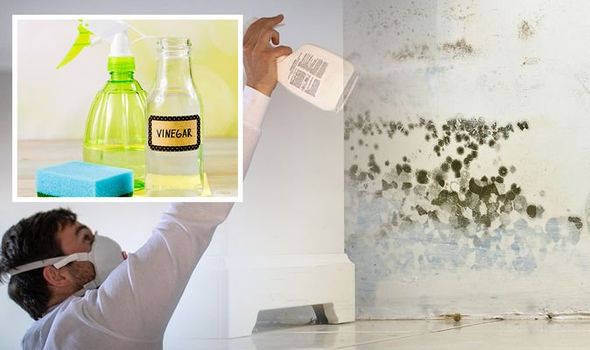
What is White Vinegar and Why is it Used for Mold Removal?
White vinegar is a natural acidic substance made from fermented grain alcohol. Its high acidity (typically around 5-8%) makes it effective at breaking down grease, dirt, and even mold. Unlike harsh chemical cleaners, vinegar is non-toxic and eco-friendly, which is why many people choose it as a natural alternative to products like bleach. But can it kill mold effectively?
According to the Environmental Protection Agency (EPA), mold can cause various health problems, especially for people with respiratory conditions or allergies. This makes removing mold from your home essential for both health and safety reasons. White vinegar is often touted as a go-to for household mold removal, but its effectiveness depends on the type and extent of mold growth.

Can White Vinegar Kill Mold?
Yes, white vinegar can kill up to 82% of mold species, including some common household molds. The acetic acid in vinegar helps break down the mold structure, making it an effective cleaning solution for non-porous surfaces like tile, glass, and certain countertops. However, vinegar may not be as effective on porous materials like drywall or wood, where mold can penetrate deep into the material. In these cases, professional mold removal may be necessary.
How to Use White Vinegar to Kill Mold
If you’re dealing with small patches of mold, you can use white vinegar as a natural cleaning solution to remove it. Here’s a step-by-step guide on how to do it effectively:
| Step | How to Do It |
|---|---|
| 1. Gather Supplies | You’ll need white vinegar (undiluted), a spray bottle, a scrub brush, gloves, and a cloth for drying the area. |
| 2. Apply the Vinegar | Pour undiluted white vinegar into a spray bottle. Spray directly onto the moldy area, ensuring you cover the entire surface. Let the vinegar sit for at least an hour to penetrate the mold. |
| 3. Scrub the Mold | Use a scrub brush to remove the mold from the surface. Make sure to wear gloves and avoid inhaling any mold spores during the process. |
| 4. Rinse and Dry | After scrubbing, wipe the area with a damp cloth to remove any remaining mold and vinegar. Allow the area to dry completely to prevent mold from returning. |
| 5. Repeat if Necessary | For stubborn mold, you may need to reapply vinegar and repeat the process. |
While vinegar is an excellent DIY solution for small mold problems, it may not be enough for larger infestations or when mold has penetrated porous surfaces. If you’re dealing with extensive mold growth, contact Citywide Mold Mitigation for professional mold remediation services.
When Vinegar May Not Be Enough

Although white vinegar can be effective for cleaning visible mold on non-porous surfaces, it’s not a one-size-fits-all solution. Here are some scenarios where vinegar may not be enough:
- Porous materials: Mold on drywall, wood, or carpet can grow deep within the material, making it difficult for vinegar to fully eliminate the mold. In such cases, professional remediation is needed.
- Extensive mold growth: If mold covers a large area (more than 10 square feet), it’s best to call a professional for safe and thorough mold removal.
- Black mold: Toxic black mold (Stachybotrys chartarum) requires special handling and stronger cleaning methods. Attempting to clean black mold yourself with vinegar may not be sufficient and could pose health risks.
If you’re dealing with any of these issues, it’s time to bring in mold remediation experts like Citywide Mold Mitigation to handle the job safely and effectively.
Preventing Mold After Using Vinegar
After removing mold with white vinegar, it’s essential to take steps to prevent mold from returning. Mold thrives in damp, humid environments, so controlling moisture in your home is key to mold prevention. Here’s how to keep mold at bay:
1. Control Humidity Levels
Keep humidity levels in your home below 50% by using dehumidifiers, especially in areas prone to moisture like bathrooms, kitchens, and basements. Learn more about controlling humidity and preventing mold at the CDC’s mold prevention page.
2. Fix Leaks Promptly
Water leaks from pipes, roofs, or appliances can create the perfect environment for mold to grow. Address any leaks as soon as you notice them to prevent mold from returning.
3. Improve Ventilation
Ensure proper ventilation in moisture-prone areas by using exhaust fans in bathrooms and kitchens. Open windows and doors to allow fresh air to circulate, reducing humidity.
When to Call Citywide Mold Mitigation for Help
While white vinegar is a great option for small mold problems, it’s not always enough to handle larger or more dangerous infestations. If you’ve tried vinegar and the mold keeps returning, or if you’re dealing with black mold or extensive growth, it’s time to call in the professionals.
Citywide Mold Mitigation provides expert mold removal services to keep your home safe and mold-free. Our experienced team uses state-of-the-art techniques to identify and eliminate mold, ensuring it doesn’t return. Contact us today for a free consultation and get rid of mold for good.

FAQ
| Question | Answer |
|---|---|
| Does white vinegar kill black mold? | White vinegar can help reduce mold on non-porous surfaces, but it may not be strong enough to fully remove toxic black mold. Black mold requires professional remediation for safe removal. |
| How long does it take for vinegar to kill mold? | Vinegar needs at least 60 minutes to sit on the moldy surface for full effectiveness. After scrubbing and rinsing, repeat the process if necessary for stubborn mold. |
| Is vinegar better than bleach for killing mold? | While bleach can kill mold on non-porous surfaces, vinegar is less toxic and more eco-friendly. Vinegar also penetrates some porous materials better than bleach. |
| Can I mix vinegar and baking soda to remove mold? | Yes, combining vinegar and baking soda can enhance your mold-removal efforts. First, spray vinegar on the mold, let it sit, then apply a paste of baking soda and scrub the area. |
| When should I call a professional for mold removal? | If mold covers an area larger than 10 square feet or if you’re dealing with toxic mold, it’s best to call professionals like Citywide Mold Mitigation for safe, thorough removal. |
Need professional mold removal services? Contact Citywide Mold Mitigation today to schedule your free consultation and get rid of mold safely and effectively.

